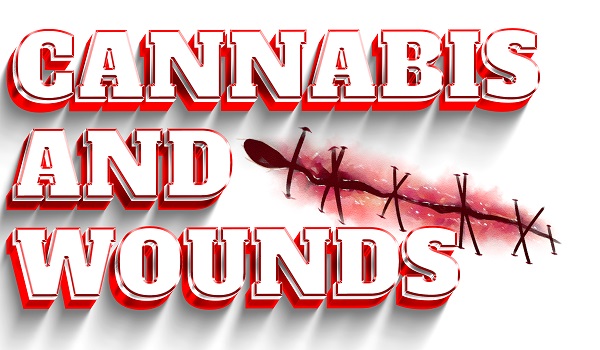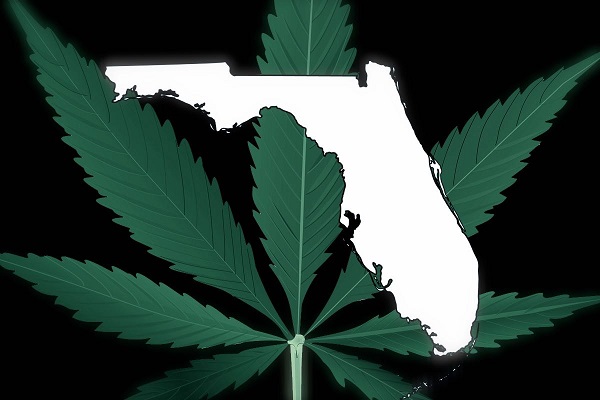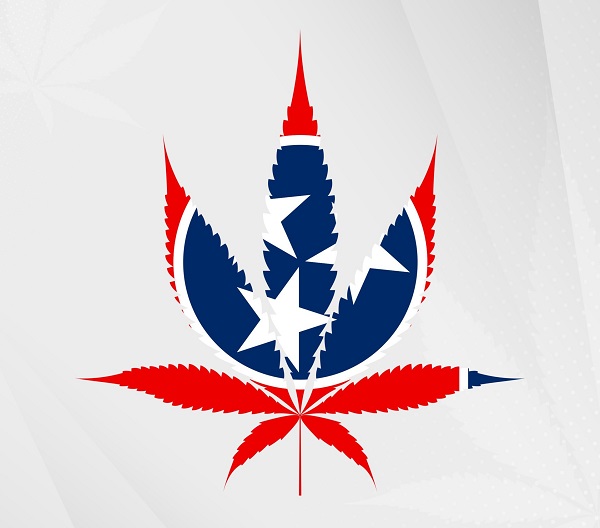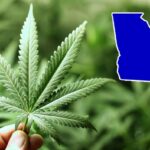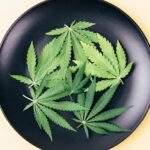Cannabis has been used to treat superficial wounds such as abrasions and burns for centuries. Today, modern research explores the potential of cannabis in treating local injuries and identifies a significant role for the endocannabinoid system in maintaining skin health and wound healing.
Historical medical documents from various cultures mention the use of cannabis in topical remedies for abrasions, cuts, and burns (https://www.unodc.org/unodc/en/data-and-analysis/bulletin/bulletin_1960-01-01_3_page003.html). For example, Egyptian papyri describe the use of antiseptic topical remedies, presumably made from cannabis mixed with fat. Greek authors of the first century B.C. mention the use of cannabis to treat wounds and ulcers in horses, and to stop nosebleeds in humans (www.tandfonline.com/doi/abs/10.1300/J175v02n02_04).
The French herbalist Rouellius, in his 1536 treatise «De Natura Stirpium», indicated the possibility of using cannabis extract to treat wounds and ulcers. A few decades later, the famous German botanist Tabernemontanus recommended using a mixture of oil and cannabis leaves to treat burns.
In 1649, the prominent British herbalist Nicholas Culpepper noted that hemp could be used to treat burns and bleeding due to its antiseptic properties (https://books.google.co.uk/books?id=poenY6QMq8UC&pg=PA250&lpg=PA250&dq=cannabis+wounds+burns+o%27shaughnessy&source=bl&ots=dROpqlVrWV&sig=QxUG_2fdefVdiCtQzyv9hUJ60Bc&hl=en&sa=X&ei=Z411VdP0KdH3yQTomYCgDA&ved=0CEIQ6AEwBg#v=onepage&q=cannabis%20wounds%20burns%20o’shaughnessy&f=false). Finally, in 1751, the British herbalist Thomas Short wrote in his «Medicina Britannica» (https://books.google.co.uk/books?id=poenY6QMq8UC&pg=PA250&lpg=PA250&dq=cannabis+wounds+burns+o%27shaughnessy&source=bl&ots=dROpqlVrWV&sig=QxUG_2fdefVdiCtQzyv9hUJ60Bc&hl=en&sa=X&ei=Z411VdP0KdH3yQTomYCgDA&ved=0CEIQ6AEwBg#v=onepage&q=cannabis%20wounds%20burns%20o’shaughnessy&f=false) that a cannabis-based preparation could be used to treat burns, wounds, insect bites and sores.
What does modern research say?
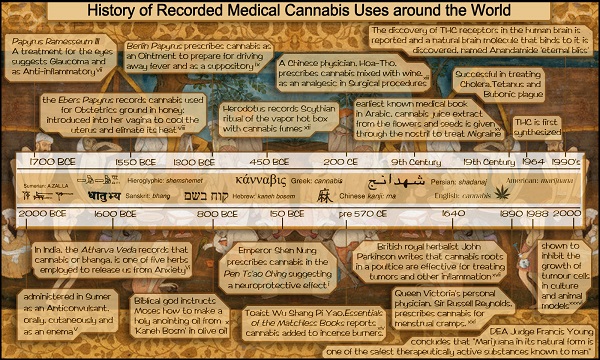
Recently, scientists have been studying the ability of cannabis and its derivatives to reduce pain, swelling and bleeding associated with cuts and burns, as well as promote epidermal repair.
Studies have provided ample evidence of the strong analgesic, anti-inflammatory, and antiseptic effects of cannabis. It is likely that the endocannabinoid system is closely related to the healing process and plays a key role in scar tissue formation.
Effect of ECS on wound healing

The endocannabinoid system is important at all stages of wound healing. Immediately after injury, anandamide levels in the injured tissues increase, providing an analgesic effect through interaction with CB1 receptors in peripheral nerves.
A 2010 study conducted at the University of California showed that when the synthetic compound URB937 was administered to rats and mice with peripheral injuries, anandamide levels increased, enhancing the analgesic effect (www.nature.com/neuro/journal/v13/n10/full/nn.2632.html). URB937 acts by inhibiting the fatty acid amidohydrolase (FAAH) enzyme responsible for the breakdown of anandamide.
Another 2010 study from the Chinese Medical University (https://www.ncbi.nlm.nih.gov/pubmed/20967946) found that in mice with skin cuts, the number of cells expressing CB1 receptors increased at the site of the injury. The growth of CB1-expressing cells began six hours after the injury, reached a maximum after five days, and returned to the baseline level after fourteen days.
At first, mononuclear cells (e.g., fibroblasts and specialized immune cells, monocytes), which are known for their role in inflammation and immune response, dominated the injury site. Fibroblastic cells, important for wound healing and scar formation, dominated after a few days (https://www.researchgate.net/publication/326724510_Fibroblasts_and_wound_healing_An_update). Although the exact mechanisms are not clear, it is clear that anandamide and CB1-receptors are involved in this process.
Cannabis and internal organ tissue regeneration
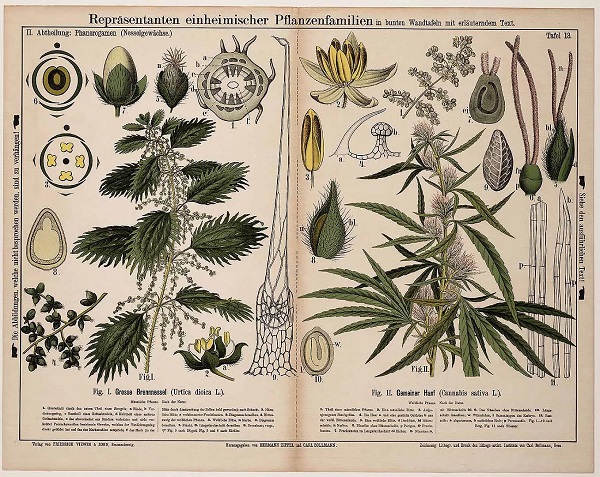
Together with wounds affecting the epidermis and skin tissues, the endocannabinoid system also plays an important role in the healing of internal organ damage, in particular the epithelium (https://www.britannica.com/science/epithelium) (the smooth cell membrane covering the surface of organs and other body structures).
In the human colon, epithelial tissues express both CB1 and CB2 receptors. CB1 receptors are predominantly present in normal tissues, but CB2 receptors dominate in abnormal conditions (such as in people with inflammatory bowel disease). (https://www.britannica.com/science/epithelium) CB1-receptors are usually involved in the healing of wounds of the colon epithelium; in chronic lesions, CB2-receptors become key to prevent excessive scarring.
When corneal (www.sciencedirect.com/science/article/pii/S0014483510001934) epithelial tissue is damaged, endogenous cannabinoid and vanilloid receptor agonists are locally released, which presumably contribute to the wound healing process. In a 2010 study, scientists treated human corneal epithelial cells in vitro with WIN55,212-2 and capsaicin – agonists of the CB1 receptor and vanilloid receptor – to determine the role of each receptor.
The researchers found that activation of either receptor results in transactivation of the epidermal growth factor receptor (https://www.sciencedirect.com/science/article/pii/S0014483510001934), which is critical for regeneration of damaged epidermal and epithelial tissues.
A surge of cells expressing CB receptors was also observed in the periodontal tissues immediately after the injury. An increase in anandamide levels was also noted in patients who had recently undergone periodontal surgery.
When AM251 and AM630, synthetic selective CB1 and CB2 receptor antagonists, respectively, were administered, there was a significant decrease in the number of gingival fibroblasts. This indicates that CB receptor agonists promote fibroblast proliferation and, therefore, accelerate wound healing (https://www.cghjournal.org/article/S1542-3565(07)01050-6/abstract).
Effect of cannabis on liver cirrhosis
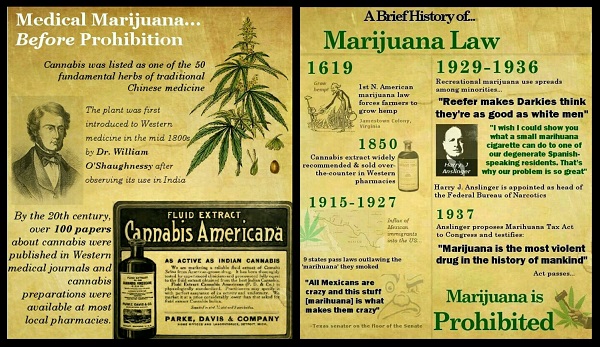
In the liver, chronic tissue damage and inflammation (e.g., due to alcoholism or hepatitis) promote wound healing by attracting fibroblasts to the injured area and initiating the process of fibrosis (scar formation). Over time, excessive formation of fibrous connective tissue leads to cirrhosis and reduces the liver’s ability to function normally.
It was previously thought that high levels of anandamide could accelerate fibrosis and therefore worsen cirrhosis. However, more recent studies indicate that this may not be entirely true. Nevertheless, it is known that anandamide is a CB receptor agonist. Thus, the presence of an antagonist, such as cannabidiol, could block this effect and slow down the development of fibrosis.
A 2006 study in mice published in Nature Medicine showed that administration of a synthetic CB1-receptor antagonist, SR141716A, suppresses the wound healing (https://www.ncbi.nlm.nih.gov/pubmed/23811492) response in acute liver injury and slows the progression of cirrhosis in fibrotic lesions. This supports the suggestion that CB1 and similar antagonists may help in the treatment of cirrhosis (https://www.nature.com/articles/nm1421).
CB2-receptor and liver wound healing
CB2 receptors play an important role in the initiation and progression of fibrosis in the liver. Although they are present in lower concentrations than CB1 receptors, their number increases dramatically during fibrogenesis and after damage.
A study in mice showed that fibrosis was significantly worsened in mice genetically modified with the absence of CB2 receptors (https://www.ncbi.nlm.nih.gov/pmc/articles/PMC2219531/), indicating that the presence of CB2 receptors in typical mice inhibits fibrogenesis.
CB2 receptors are thought to exert this effect by inducing fibroblast apoptosis. When CB2 receptors are limited or absent, fibroblasts can accumulate and thus fibrotic tissue can grow faster.
Can I use oil?
Although hemp seeds do not contain cannabinoids, they can be useful in treating burns, cuts and other external wounds because of their unique balance of omega-3 and -6 essential fatty acids, which are present in optimal amounts for human health. Although very little formal research has been done on the ability of hemp seeds to treat local injuries, many articles have been written on the ability of essential fatty acids to improve wound healing in general. One clinical trial of topical application of hemp seed oil showed that it had a good ability to heal mucosal skin wounds after eye, nose and throat surgery (https://www.tandfonline.com/doi/abs/10.1300/j237v07n02_02).
Thus, cuts, burns, lacerations and other similar injuries can be treated with both hemp seed oil and cannabis preparations rich in cannabinoids. For those looking for a safe way to use CBD, we suggest using several CBD products, including CBD oil containing various phytocannabinoids, the best known of which are CBD, CBC (cannabichromene), CBG (cannabigerol) and CBN (cannabinol).
For internal tissue or organ damage, cannabinoids have a role to play, but further research is needed so that targeted therapies can be developed. In such a complex and finely tuned system, incorrect dosages or ratios of cannabinoids can cause the opposite effect than expected.

